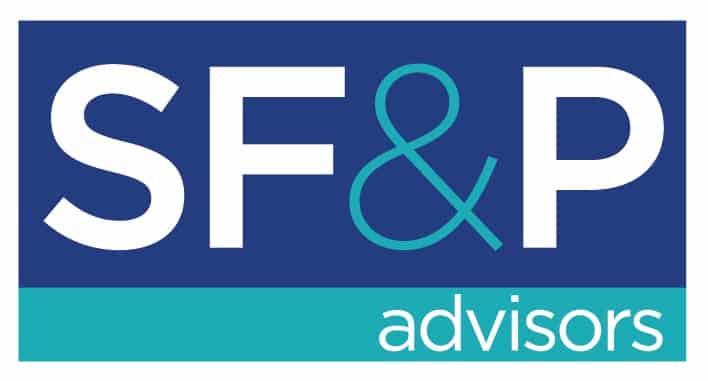I asked this question in the Roofing Insights Facebook Group this week, and got a wide array of answers – some contradicting the 20-40 percent put forward by publication RoofingContractor.com, but not straying widely from it if you count the averages of what people suggested in the group.

Why it’s important to know your numbers
Contractors are notorious for overspending, but it can be catastrophic if you’re not aware of some crucial aspects of cashflow:
- You shouldn’t be spending money “from peter to pay paul”
- It’s important to watch your commission structure closely, and not over-promise.
- You have to have systems in place to ensure high quality customer service, and get paid on every job.
If you don’t know your numbers – you won’t be in a position to make smart financial decisions, and could get yourself in a cashflow rut, or over spend on things that aren’t necessary, hurting your profitability in the year.
What is The Profit Margin on Roofing?
Typical roofing companies make between 20 percent and 40 percent gross profit in the roofing industry. The number for service-focused companies may be higher while the number for new construction and large commercial companies may be lower.

Gross 30%, Net 15%
“We set the floor for gross at 30% and we set the floor for net at 15%. If we hit those we are in good shape. Most of the time we are a good bit higher than both.”
Byron Vick
bigtimeroof.com
How are you calculating profit? Are you including owner’s compensation?
“Important to know which definition people are using!!! For example some companies include sales commission in CGS under the assumption it is variable… along with valuable cost of material and labor. Some put commission below the gross margin.
- If commission in CGS need 40 percent margin to net around 10 percent NET for q company doing 2 million or more and running out of an office versus home.
- If commission in overhead… ie after gross margin… the a 50 percent generally gets 10 percent net.
Another area to assure not misleading data is where and how owners compensation calculated is in accounting system.
For example… If you assume all owner compensation is in the net profit… you really should be targeting 15 to 20 net depending on the company size. But. If the owner expenses ad an example about 7 to 8 percent of sales… 10 percent net is a reasonable target.”
“Personally… I like to have clients put sales commission in cost of goods sold but track it… and I like to put owner compensation at a fair salary and/or a best guess at what it would cost to hire a manager result is I get a better reflection of the true paycheck. Hope that helps.
Ultimately it’s the game of business… unless you are working for just a salary or paycheck.
Hope that helps.”
Dave Harrison
hmclimited.com
So what does your profit look like?
Perhaps it’s not as high as you’d like – but don’t dismay.
- The first step is knowing your numbers.
- The next step is outlining a plan, to make moves in the right direction.
- Lastly – ensure you take massive action, and get your entire team moving toward the desired outcome.
Here’s to better profits this year!
Thanks for reading.

















